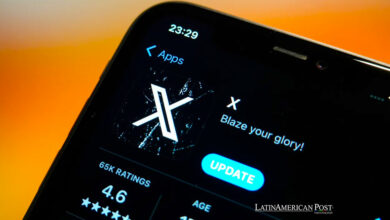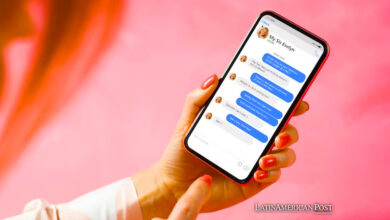When do people retweet health agencies’ COVID-19 messages?
New insights could help guide future communication strategies during the pandemic and in similar crises.

The COVID-19 crisis has identified how health agencies should communicate messages for amplification. / Photo: Unsplash
EurekAlert | PLOS
Listen to this article
Leer en español: ¿Cuándo retuitean los usuarios mensajes del COVID-19 de agencias de salud?
An analysis of Twitter messages has surfaced certain features of COVID-19-related tweets by public health agencies that were associated with a higher likelihood of the tweets being passed along–"retweeted"–by individual Twitter users. Jeannette Sutton of the University at Albany, New York, and co-investigator Carter T. Butts at the University of California, Irvine, present these findings in the open-access journal PLOS ONE on September 16, 2020.
During crises such as the COVID-19 pandemic, health agencies disseminate messages that provide guidance and education to the public. Twitter is now a powerful platform for such messages, given its widespread use and potential for amplifying messages via retweets. Understanding what features make health agencies' tweets about COVID-19 more likely to be retweeted could help inform future communication strategies.
To surface key features, in a research project funded by the National Science Foundation, Sutton and colleagues analyzed tweets about COVID-19 posted by about 700 state and local agencies' accounts in February through April of 2020, as the pandemic initially unfolded in the U.S. They examined the content and structure of the tweets and used statistical modeling to understand which factors were associated with enhanced or inhibited retweet activity.
Also read: COVID-19 patients with sleep apnoea could be at additional risk
The analysis revealed that a wide range of tweets with practical information, including health impacts of COVID-19 and preventive measures, were associated with retweets, rather than any one topic being most successful. Tactics such as using exclamation points or presenting content in the form of a question did not appear to promote retweets–a notable difference from other disasters in which such tactics helped. Tweets that included video attachments were more likely to be retweeted.
In the course of the study, the researchers identified a set of COVID-19-related keywords and phrases commonly used in the examined tweets over time. This could potentially aid future research into crisis communication.
Overall, the new findings could help inform health agencies' strategies to ensure their messaging is widely disseminated. However, the authors caution, the impact of the features identified in this study could change as the pandemic continues to unfold.
Sutton adds "Modeling message retransmission identifies what Twitter users find most salient across messages in disasters; this means that messages can be designed to include those features, possibly extending their reach in a noisy information environment."




